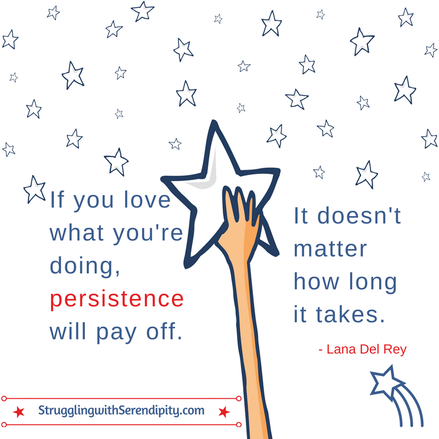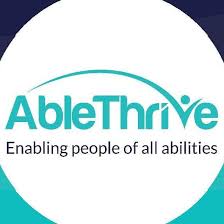 (This blog tells my family's story. To see more, click "blog" at the top of this webpage.) Beth’s second swimming summer began with a twelve hour drive from NW Ohio to Minneapolis for her second USA Swimming Disability Championships. Swimming remained complex and challenging, but she drove through Chicago on congested highways with ease. Our flight to Seattle a year earlier was the only time we had been west of Chicago. Our hotel sat across from the parking lot from the expansive pool complex at the University of Minnesota. The first morning of the meet, we met her coach and teammate at the pool. Beth, sixteen, asked me to stay nearby, since I understood her developing routine with goggles, swim caps, towels, bathroom breaks, positioning, and showering. For me, that meant hovering at a distance on the bleachers until she wanted my help. I didn’t mind. I supported her quest for independence, though none of us knew if more progress on that front was even possible. Waiting to swim, new records set in fast races intimidated her. Expectations soared along with nerves. As Beth predicted one year earlier, she qualified for finals. Her previous national meet remained the only one where she had not. Despite the achievement of finals cuts, her morning races were sluggish, followed by discouraging finals times. After another dawdling race on the second morning, Beth’s frustration grew. The only S3 woman at the meet, she would win each race, a fact she did not appreciate. She wanted to achieve swim times close to her best ones—or faster. Immediately after the second morning’s races, time trials allowed swimmers to clock official times in events of his or her choosing. I made a rare request to her coach. I asked him to sign her up for a time trial in the 200 back. Three years after her injury, Beth earned her first official Paralympic American Record in the S3 classification for the 200-meter backstroke. We both knew it was the easiest record to beat, but I reminded her that just a year earlier, she wasn’t strong enough to swim nonstop for 200 meters. As I anticipated, the success tempered her disappointment with other races. We tumbled into the predictable schedule of a three day meet for swimmers who qualified for finals: wake up, warm up, race, cool down, eat, recover, rest, and repeat. And phone calls to John, Ben, Maria, and Peggy. The last day of the meet, after prelims, we strayed from the routine to visit the Mall of America. Beth let me push her wheelchair, a rare occurrence, to preserve her strength for finals. That evening, we laughed with her coach after she swam her fastest race of the meet after shopping. Even so, her resolve to work harder magnified. “Once I realized I was good in the water,” she said, “I trained really hard and put a lot of focus and effort into it, because it was this new avenue for me. I hadn’t thought I could be an athlete anymore.” After Minneapolis, Beth set ambitious new goals. In addition to mastering the forward freestyle, far from being attained, she aimed higher for the ultimate American Record in the 50 meter freestyle, by far the most difficult S3 record to beat. The second destination of a non-stop summer: Maryland!
4 Comments
5/27/2017 08:07:18 am
Thanks, Debra! I observed the power of perspective for years after Beth's injury. I hope I gained at least a little wisdom along the way!
Reply
Peg Moir
5/25/2017 10:39:09 am
Beth's story is amazing and so inspiring!
Reply
5/27/2017 08:14:53 am
Hi, Peg! Thank you! Beth amazes me, too. I will always be grateful for her resilience and her love for life!
Reply
Leave a Reply. |
Cindy KolbeSign up for my Just Keep Swimming Newsletter by typing your email address in the box. Thanks!Categories
All
Archives
November 2022
|

 RSS Feed
RSS Feed











